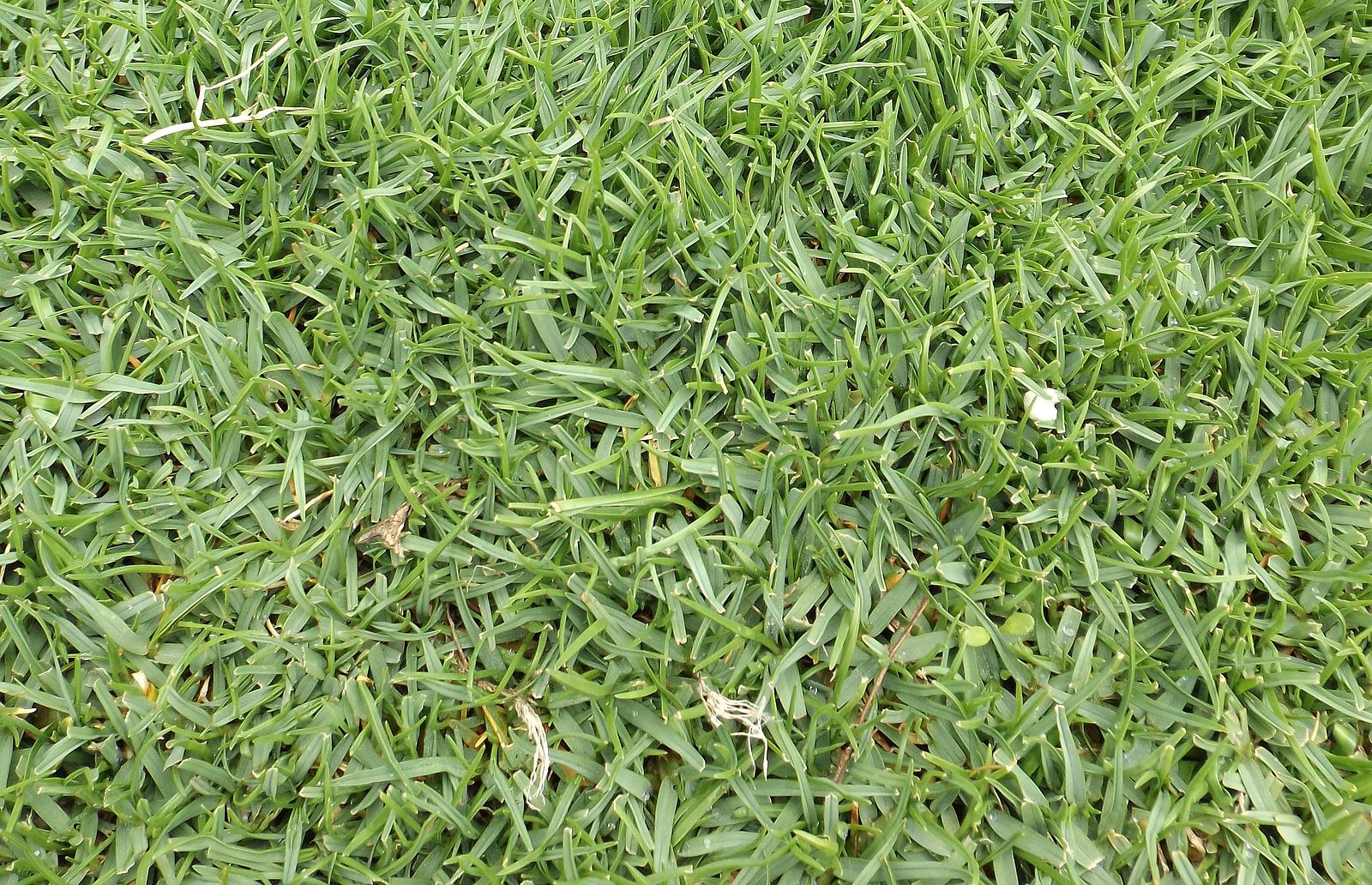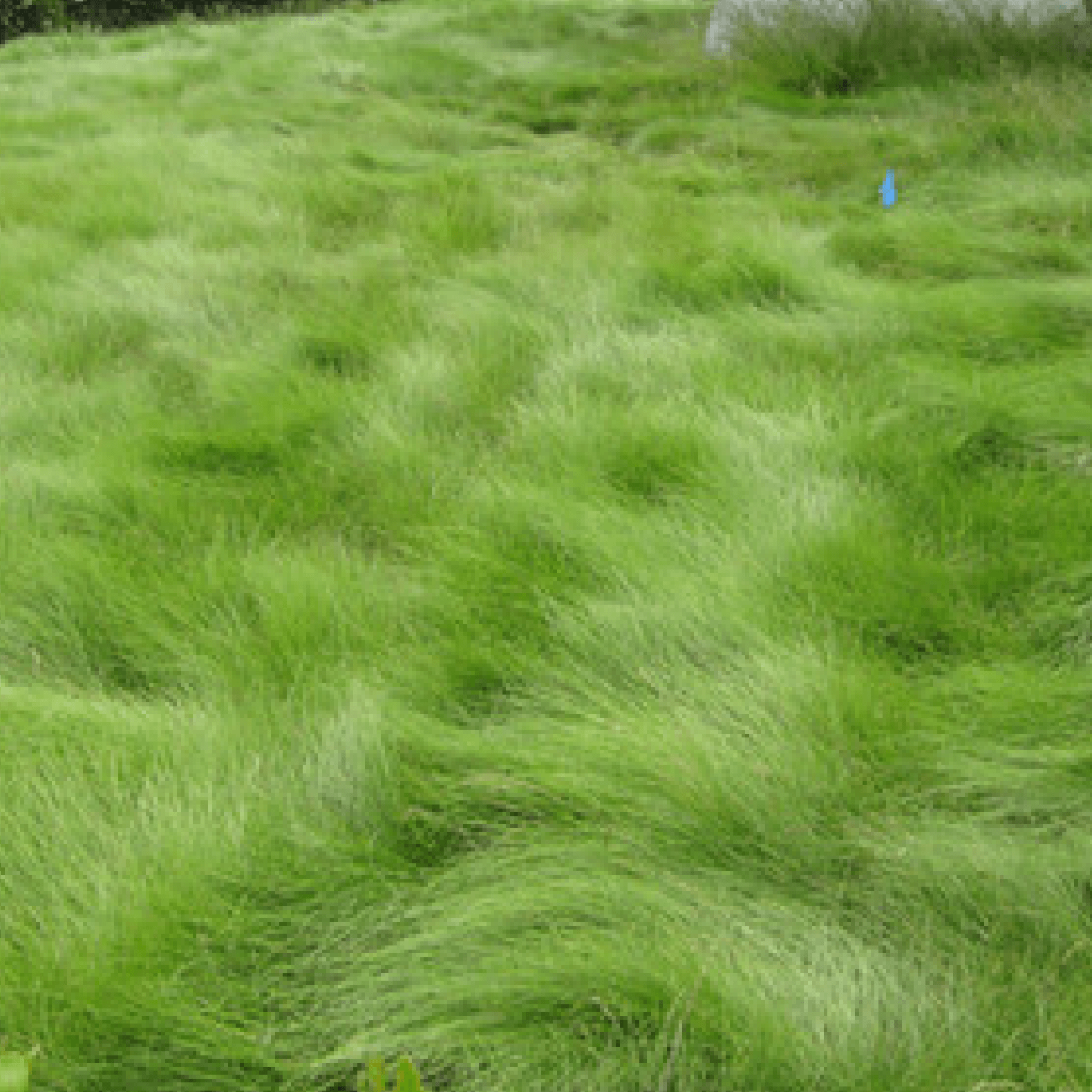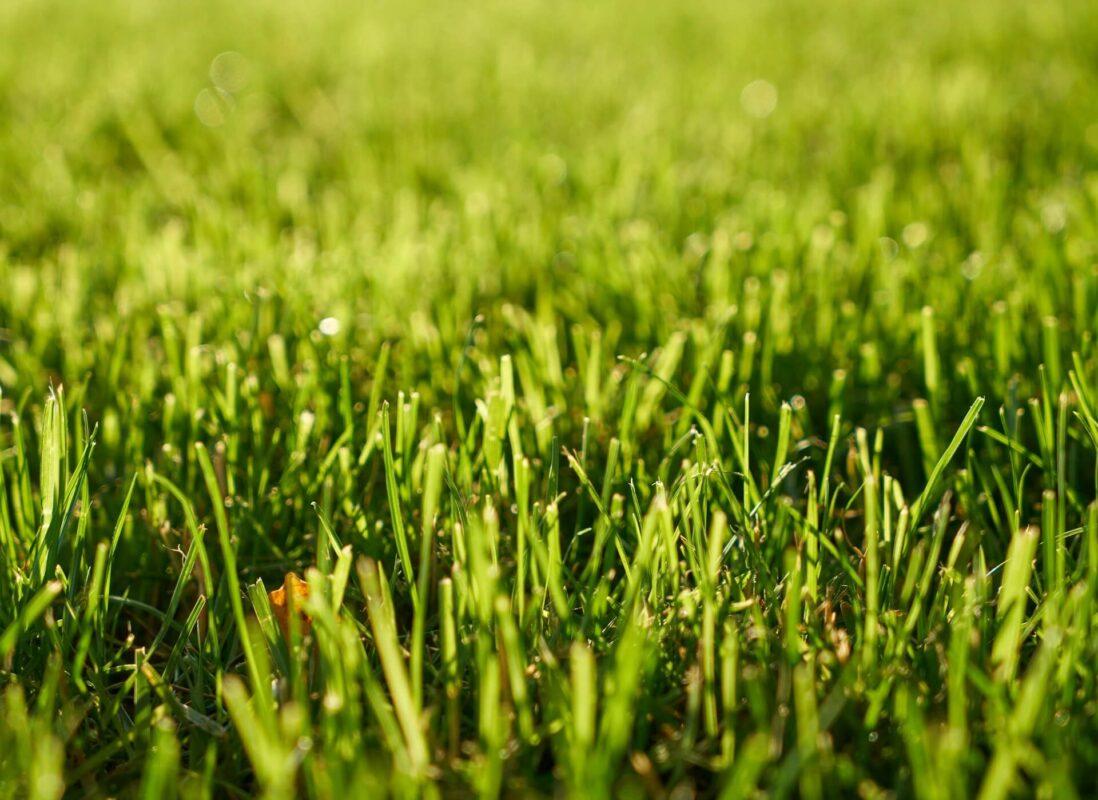

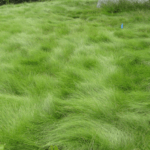
What is Thingrass?
Thingrass (Agrostis pallens) is a perennial grass that is native to California. Thingrass forms an even, smooth turf mat, making it a perfect choice for an eco-friendly native lawn. While it looks just like a traditional lawn, it needs only half as much water due to its deep root system and local adaptations. Mow it short for a traditional lawn, or leave it long to create a flowing meadow look
Specifications
Sun Requirement
Full Sun to Partial Shade
Soil Preference
Adaptable to various soils (sandy, loam, clay)
Soil pH
~5.0 to 8.0
Time to Maturity
14-21 days
Height when mature
~1.5–2 inches for lawn use; Unmowed: 6–12 inches
Seeding Rate
5Lb / 1,000 Sq Ft
Planting Depth
1/8 to 1/4 inch
Thingrass
Agrostis pallens | SKU: S-AGPA8
Does This Product Grow Well in Your Region?
Check your region
$107.05 – $909.99Price range: $107.05 through $909.99
Why Choose This Seed?

Extremely Versatile
Thingrass is exceptionally durable, growing and repairing itself quickly. It can thrive in many soil conditions, from sandy to clay soils. It can thrive in full sun or partial shade and will tolerate low impact foot traffic.
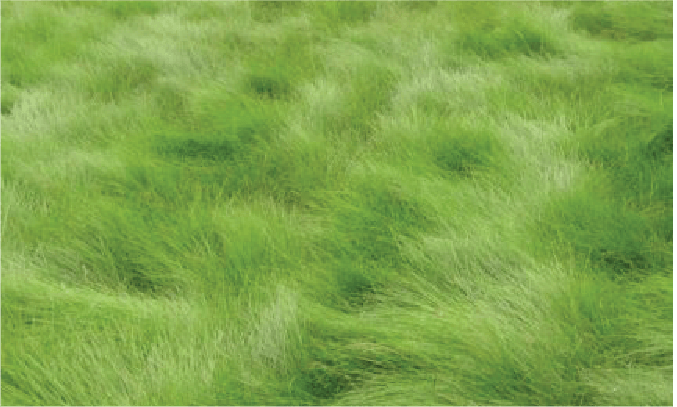
Weed Control
Thingrass forms a strong sod mat that provides an effective weed barrier. It has self-repairing rhizomes that help it recover quickly from wear and tear, reducing the bare patches that can bring in weeds.
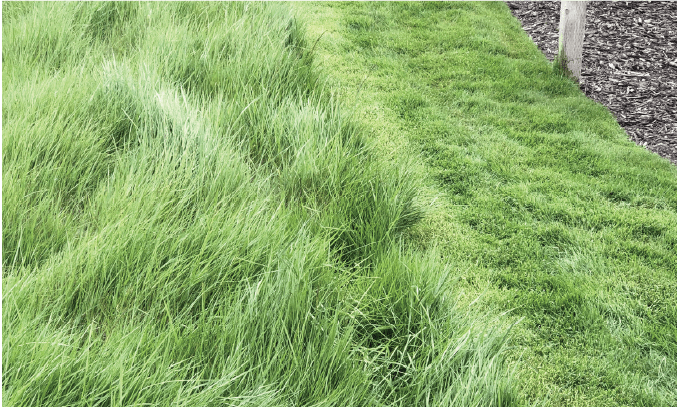
Water-Wise
This species looks just like a regular lawn, but requires only half the water. Water weekly in the summer months and taper off in the fall. No additional irrigation needed during the rainy season.
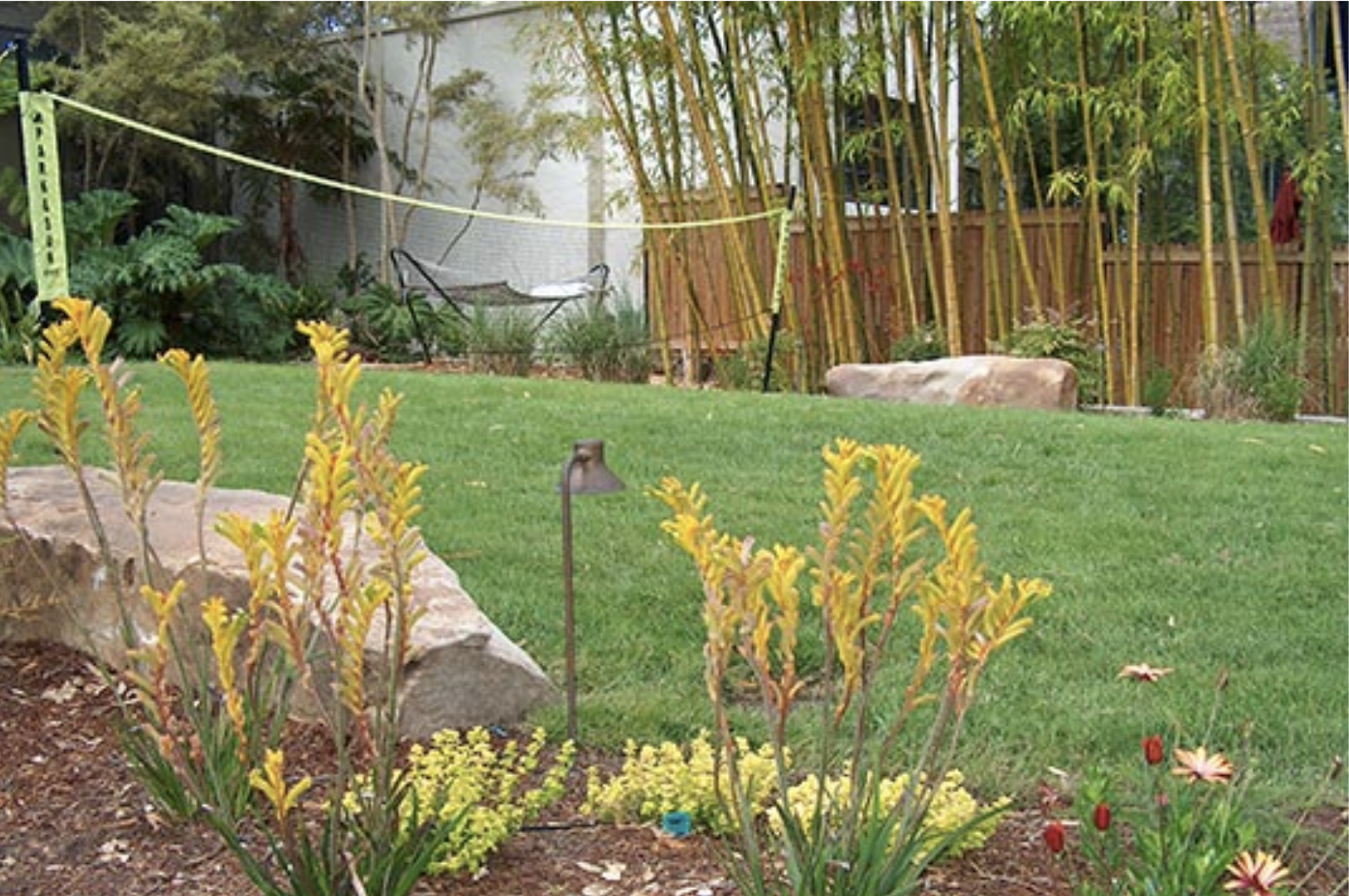
Ornamental Appeal
Thingrass can either be left to go dormant in the summer, or with weekly light watering its deep green color lasts year-round. With mowing at 11/2” to 2” it will result in the appearance of a traditional lawn—but with half the water!
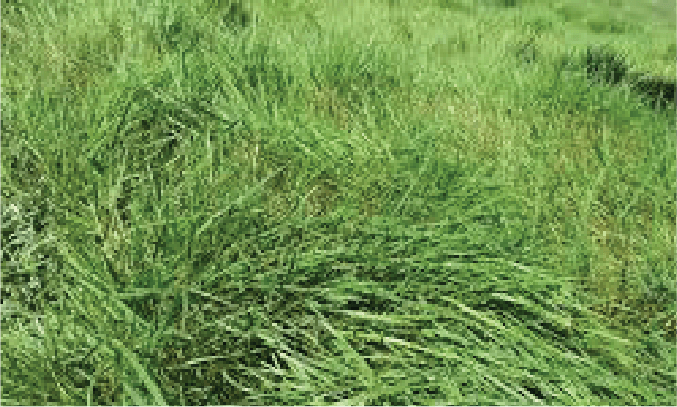
Wildlife Habitat
When left unmowed, Thingrass produces grass flowers that attract butterflies and moths, adding both beauty and ecological value.
Seed Description
Product Details
Sun/Shade
Full sun, partial shade, or dappled shade (highly adaptable)
Height
6–12 inches foliage with flower spikes up to ~2 feet tall
Seeding Rate
5 lbs/1,000 sq. ft.
Uses
Lawn Alternative, Ornamental, Erosion Control, Wilflower Habitat
Color
Deep green foliage (medium green if unirrigated) with golden seed heads when in bloom
Water
Low to Moderate – drought-hardy
Native/Introduced
Western North America
Life Form
Perennial cool-season grass
Product Uses
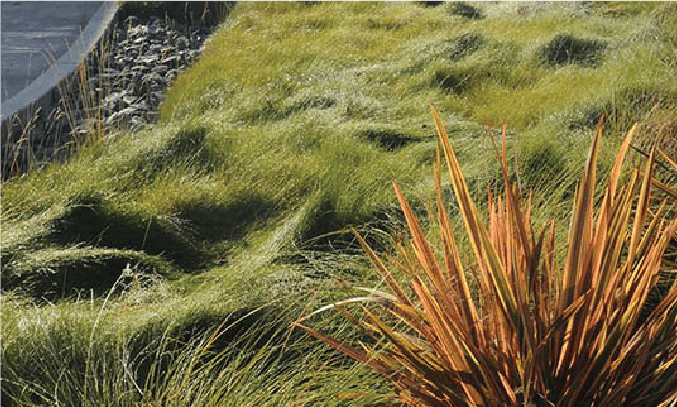
Low-Maintenance Landscaping
Homeowners and landscapers are increasingly turning to Thingrass as a drought-tolerant lawn alternative. It offers the look of a traditional lawn with significantly less water and upkeep. In a front yard or park strip, it can be kept mowed at ~2 inches for a tidy appearance that uses 50% less water and mowing effort. It’s also ideal for large properties or parks where a natural, meadow-like expanse is preferred over high-maintenance turf. Plant it, water to establish, and enjoy a green cover that rarely needs fertilizer, is relatively disease-free, and only needs weekly or biweekly mowing (if at all). For anyone seeking a “set it and forget it” lawn, Thingrass fits the bill.
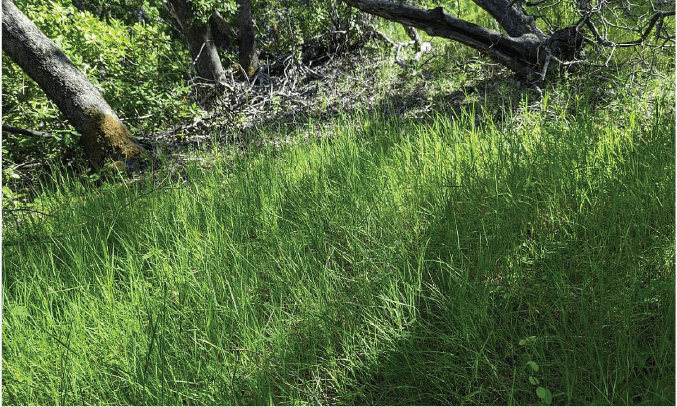
Wildlife Habitat
Thingrass isn’t just people-friendly – it’s wildlife-friendly too. In rangeland or restoration contexts, this grass provides valuable habitat when left unmowed. Small mammals and birds find shelter in its thick growth, and its seeds are occasionally eaten by seed-eating birds. Pollinators benefit indirectly as well: butterflies like skippers use grasses as host plants for their larvae, and diverse grass stands support healthier insect populations overall. Moreover, because Thingrass requires no pesticides or high inputs, it creates a safer environment for bees, butterflies, and other beneficial creatures. It’s an excellent choice for wildland restoration, agroforestry understories, or anyone looking to improve biodiversity in their pasture or garden.
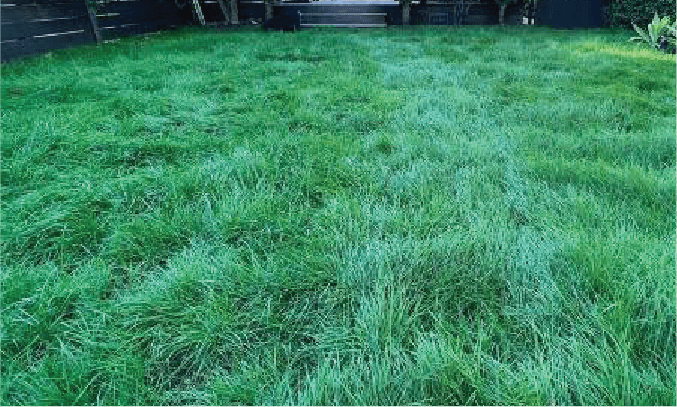
Ornamental Appeal
In ornamental landscapes, Thingrass offers a unique blend of manicured look and natural beauty. Maintain it as a manicured emerald-green lawn, or let it grow out for a soft, meadow aesthetic – it’s beautiful either way. Landscape designers use Agrostis pallens in rain gardens, under oaks, and in naturalistic plantings where its fine texture contrasts with broadleaf perennials and wildflowers. When it blooms, the subtle golden inflorescences add movement and a hint of shimmer to the garden palette. Importantly, its adaptability to sun or part shade and its tolerance of both moist and dry conditions mean it can be planted in tricky spots (such as under deciduous trees or on north-facing slopes) where many traditional turf grasses fail. For an elegant, eco-friendly groundcover that enhances curb appeal, Thingrass is a standout choice.
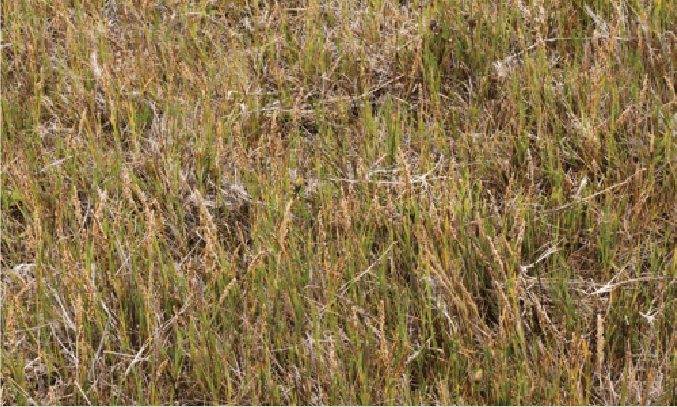
Exceptional Drought Performance
Thingrass is naturally adapted to California’s dry summers, giving it excellent drought resistance. Its deep root network and summer dormancy mechanism allow it to survive with roughly half the water of a traditional lawn. Even in arid conditions, it will green up with fall rains or minimal irrigation, making it a water-wise choice for sustainable landscapes.
Questions & Answers
What exactly is Thingrass, and why do people plant it?
Thingrass is the trade name for Agrostis pallens, also known as native California bentgrass or seashore bentgrass. It’s a perennial grass native to the Western U.S. that looks and feels like a fine-bladed lawn grass. People plant it because it’s an eco-friendly alternative to traditional lawn turf, using about half the water of species like tall fescue or bluegrass. It also requires much less mowing and fertilizer, yet provides a lush green cover. In short, it offers the beauty of a lawn or pasture with far lower maintenance and better adaptability to drought. For those interested in native plants, it’s a way to support local ecology while still enjoying a carpet of green.
Is Thingrass good for grazing and forage on my farm or ranch?
Thingrass can be used for grazing in a pinch or as part of a diverse pasture mix. It stays green and palatable in summer longer than many cool-season grasses, which means it can offer forage at times when others go dormant. Livestock like cattle, sheep, and horses will graze it, and it’s rated fair to good in palatability for these animals. However, keep in mind that it’s a shorter, finer grass, so it won’t produce as much bulk forage as, say, a ryegrass or orchardgrass pasture. It’s best suited for light grazing or rotational grazing systems. If you allow it to establish well and avoid overgrazing (give it some rest periods), Thingrass will persist and provide nutritious green bites through the grazing season. Many landowners use it in natural pastures or around the edges of irrigated fields to extend grazing into drier months. It’s not a high-yield hay grass, but as a grazing turf it holds up remarkably well due to its rhizomatous, sod-forming growth that withstands trampling and nibbling.
How much water does Thingrass really need? Is it truly drought-tolerant?
Thingrass is highly drought-tolerant compared to standard lawn grasses. Once established, it typically needs about half the water of a traditional lawn. In practical terms, a weekly deep watering in summer is usually enough to keep it green. If it doesn’t get that (for example, you’re in a severe drought or you choose not to water), Thingrass will slowly go summer-dormant – it may turn golden-brown, much like a natural grassland, but the plants are still alive. When fall rains arrive or you resume watering, it “wakes up” and greens up again. Importantly, its deep roots and summer dormancy mechanism mean it can survive extended dry periods that would kill other grasses. For instance, in California trials, native bentgrass lawns stayed alive with minimal irrigation where regular turf species failed. That said, if you want it looking lush year-round, providing weekly water (or about 1/2 to 1 inch of irrigation) during the hottest months will do the trick. In cooler seasons or rainy climates, you may not need to water at all. Always water deeply but infrequently to encourage deep roots. So yes – it’s drought-tolerant in the sense of survival and acceptable appearance during dry spells. Just remember that “drought-tolerant” doesn’t mean “never water at all” if a green lawn aesthetic is desired; it means the grass can thrive on much less water and won’t die off if water is scarce.
Can I use Thingrass as a regular mowed lawn? Will it handle weekly mowing and foot traffic?
Absolutely! Thingrass was practically made to be a lawn – in fact, it’s sold as native sod in California for lawn replacements. You can mow it to about 1.5–2 inches and it will look very much like a traditional fine-bladed lawn (resembling a fescue/bluegrass mix in appearance). It will tolerate even closer mowing (down to 1 inch), but most folks find a slightly higher cut looks best and needs less frequent mowing. Under regular mowing and some irrigation, Thingrass becomes a dense, dark green turf that feels soft to walk on. It can handle everyday foot traffic like backyard use or kids playing, no problem. For heavy-use areas like sports fields or dog runs, it may not be as wear-tolerant as Bermuda or ryegrass – remember it has moderate traffic tolerance, not extreme. But its ability to repair itself via rhizomes helps it recover from wear spots if given a little time. One thing to note: in partial shade or with a bit less water, it grows more slowly, which further reduces mowing needs. Many homeowners report only needing to mow it every 2–3 weeks in spring/summer, and even less in fall. If you miss a mowing and it grows taller than you like, it’s generally forgiving – you can cut it back down and it won’t scalpel or die off. So yes, it functions very well as a conventional lawn for those who want a greener choice. Just mow, water occasionally, and enjoy a beautiful lawn that also happens to be a native plant!
In which regions of the U.S. will Thingrass grow best?
Thingrass is best suited for the Western United States. It is native from California up through Oregon and Washington, and eastward into parts of Idaho, western Montana, Nevada, and Utah. Generally, it thrives in Mediterranean climates (wet winters, dry summers) and areas with moderate summers. If you’re in California (Coast, Sierras, Central Valley), Oregon/Washington (west of Cascades and even some inland valleys), the Great Basin region, or the Rocky Mountain states at mid-elevations – those are ideal areas. It can handle cold winters (it’s hardy at least to USDA Zone 4 or lower) as long as it gets a summer dormant period or extra water in heat. In the Southwest, it will grow in the uplands or with irrigation (for instance, it’s used in parts of Arizona/New Mexico at higher elevation or as an irrigated turf). It is not well-suited to hot, humid climates like the Deep South or Gulf Coast – those areas have warm nights and high humidity that this cool-season grass doesn’t love, and it may suffer from fungal diseases or summer decline there. In the eastern US, it’s not commonly grown (there are other bentgrass species more adapted to eastern humidity). But anywhere with a climate similar to its home range – think chaparral, coastal prairie, mountain meadow, or even irrigated desert landscapes – Thingrass should do great. If you’re unsure, check with your local extension or see if others have grown Agrostis pallens in your area. Being a hardy and adaptable grass, it might surprise you where it can succeed, but its performance will be best in climates that aren’t extreme in summer heat or year-round humidity.
Still have
questions?
Our planting experts
are here to help.
customercare@naturesseed.com
Response time:
Within 1 business day
Reviews
| Sun/Shade | |
|---|---|
| Est Rate | |
| Texture | |
| Seeding Rate | |
| Uses | , , , |
| Color | |
| Water | |
| Native | |
| Life Form | |
| Pounds | , , , |
| Coverage Area | , , |
Related Products
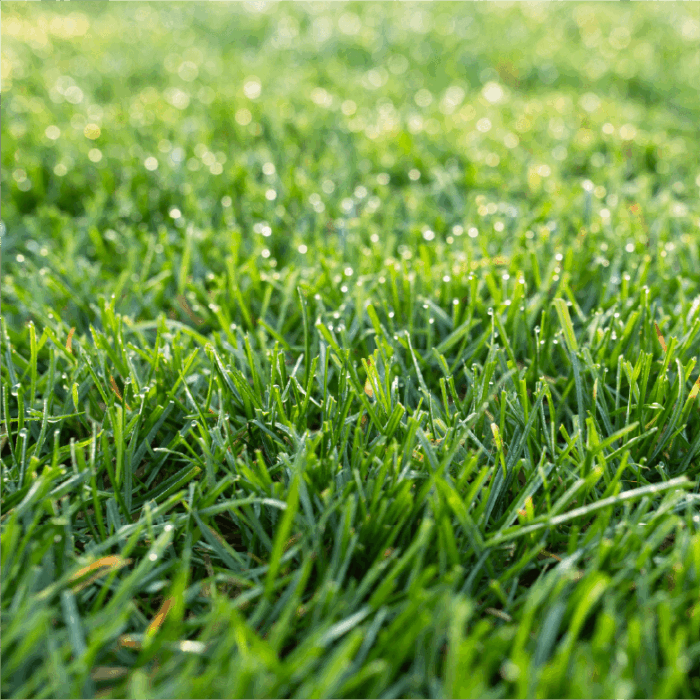
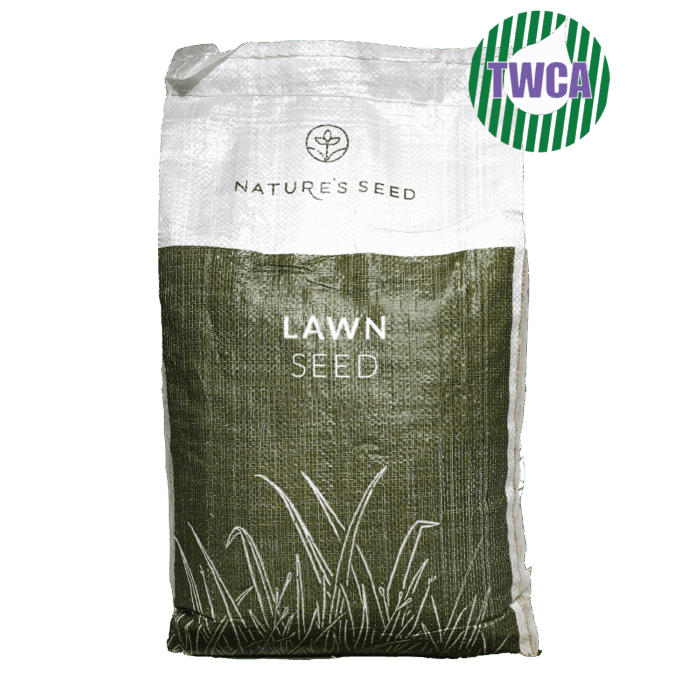
Blue Ribbon Water-Wise Lawn Mix | TWCA Certified
(4.7) - 145 reviews
$39.99
5 Lb - 1,000 Sq. FtHome Lawns; Sports Turf; Parks & Public Spaces; Golf (Fairways & Roughs); Water-Conscious / Drought-Tolerant
Northern USDA Regions (3-5), Transitional USDA Regions (6-8)
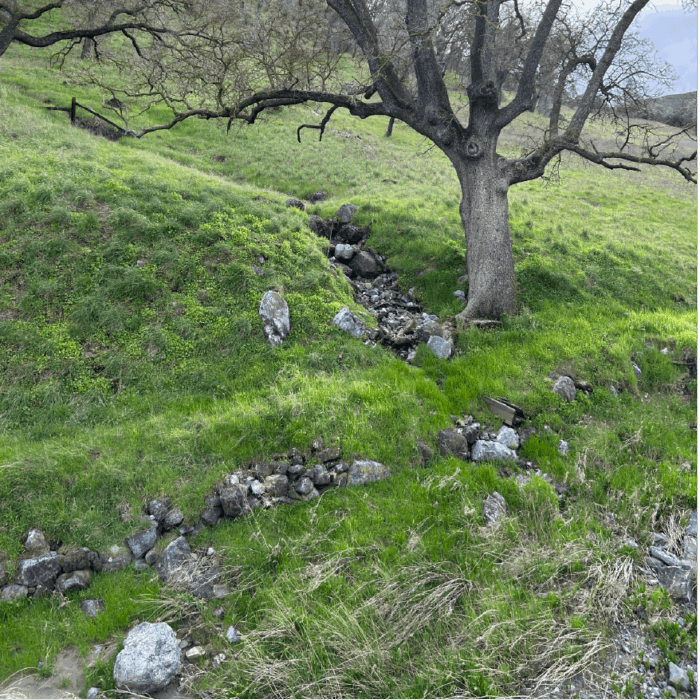
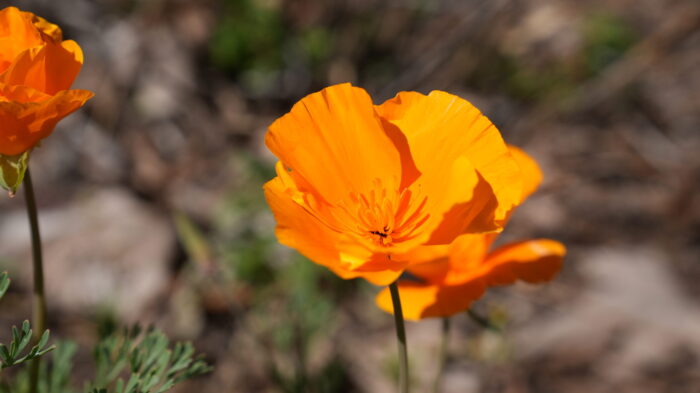
California Native Fire-Wise Mix
(4.7) - 145 reviews
$65.00/lb
Defensible space, Post-fire revegetation, Erosion control, Wildlife habitat, Pasture enhancement
Southern USDA Regions (8-10), Transitional USDA Regions (6-8)
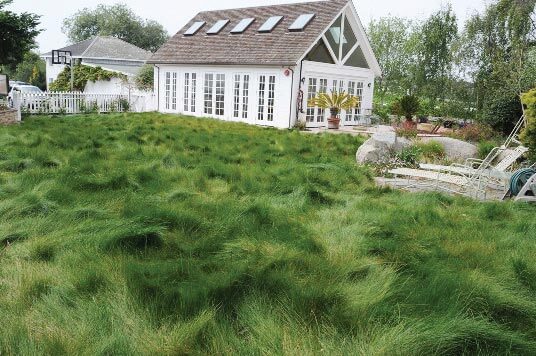
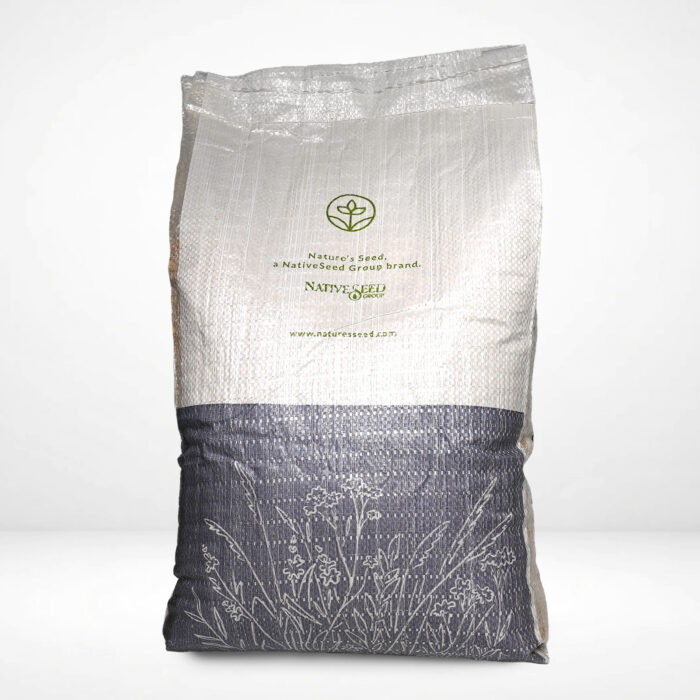
California Native Mow Free Lawn Fescue Mix
(4.7) - 145 reviews
$39.20/lb
Home Lawns; Erosion Control & Slopes; Low-Maintenance / No-Mow / Eco-Lawn; Shade-Friendly
Northern USDA Regions (3-5), Southern USDA Regions (8-10), Transitional USDA Regions (6-8)
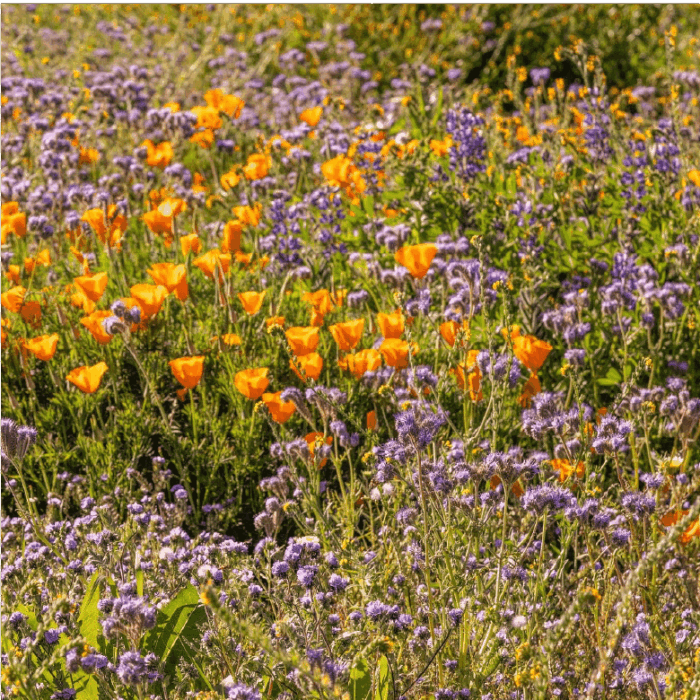
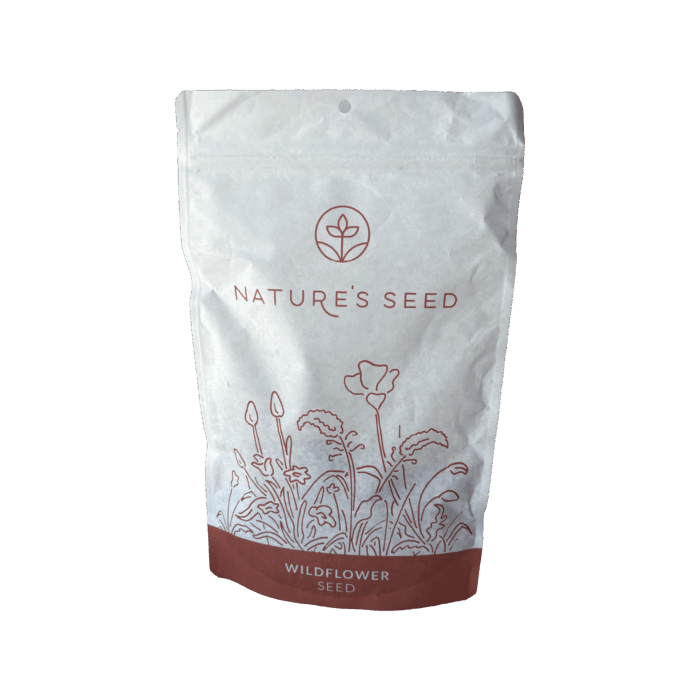
Central Valley Pollinator Mix (Xerces Society)
(4.7) - 145 reviews
$100.00/lb
Pollinator habitat (farms/orchards), wildflower meadows, restoration areas
Southern USDA Regions (8-10), Transitional USDA Regions (6-8)
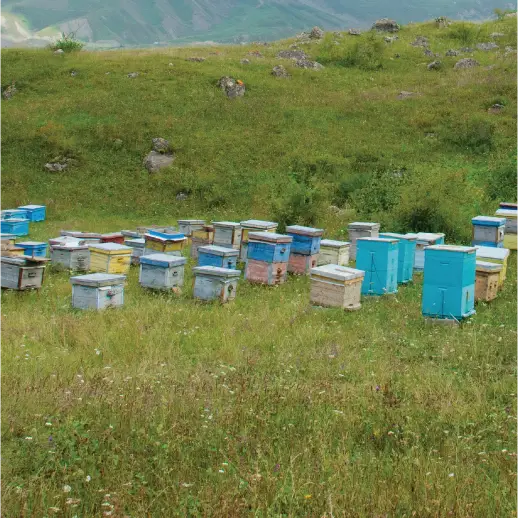
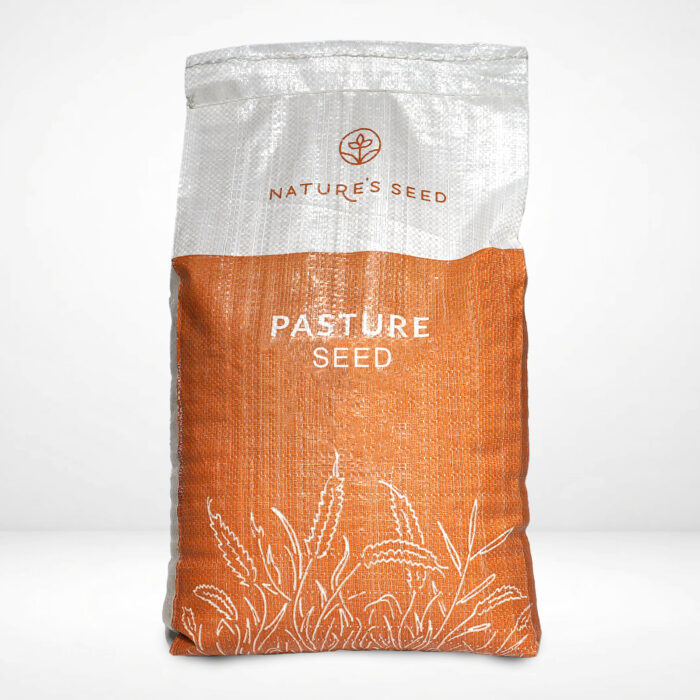
Honey Bee Cover Crop & Pasture Mix
(4.7) - 145 reviews
$10.00/lb
Honey Bee
Northern USDA Regions (3-5), Southern USDA Regions (8-10), Transitional USDA Regions (6-8)
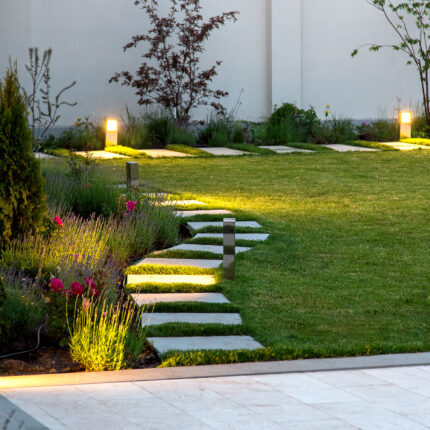
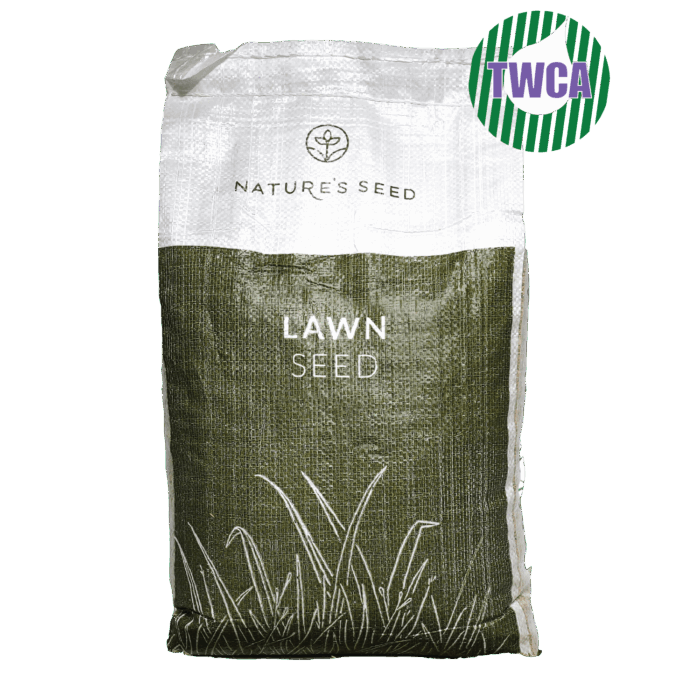
Northwest Water-Wise Lawn Mix | TWCA Certified
(4.7) - 145 reviews
$39.99
5 Lb - 1,000 Sq. FtHome Lawns; Sports Turf; High-Traffic; Shade-Friendly
Northern USDA Regions (3-5), Transitional USDA Regions (6-8)
